February 10, 2020 – We gather news: You stay informed
Survival of sharks hanging by a thread, Researchers discover an immense hydrocarbon cycle in the world’s ocean, Geological phenomenon widening the Atlantic Ocean, Human health correlated to ocean pollution, and more…
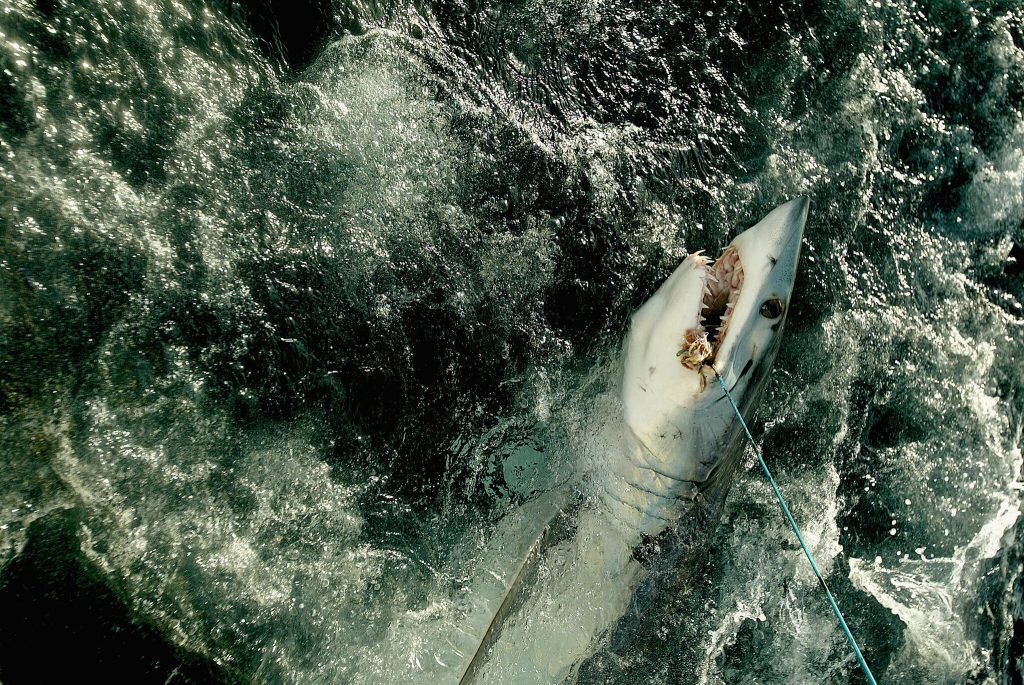
1. Will sharks survive? New study predicts an uncertain future for ocean’s apex predators
In just the last half-century, humans have caused a staggering, worldwide drop in the number of sharks and rays that swim the open oceans. Scientists have discovered this in the first global study of its kind, published in the journal Nature. Oceanic sharks and rays have declined by 71 percent since 1970, mainly because of overfishing. The collapse is probably even more stark, the authors point out, because of incomplete data from some of the worst-hit regions and because fishing fleets were already expanding in the decades before they started their analysis.
Thank you for your generous gift that will help us continue the production of this weekly, free publication
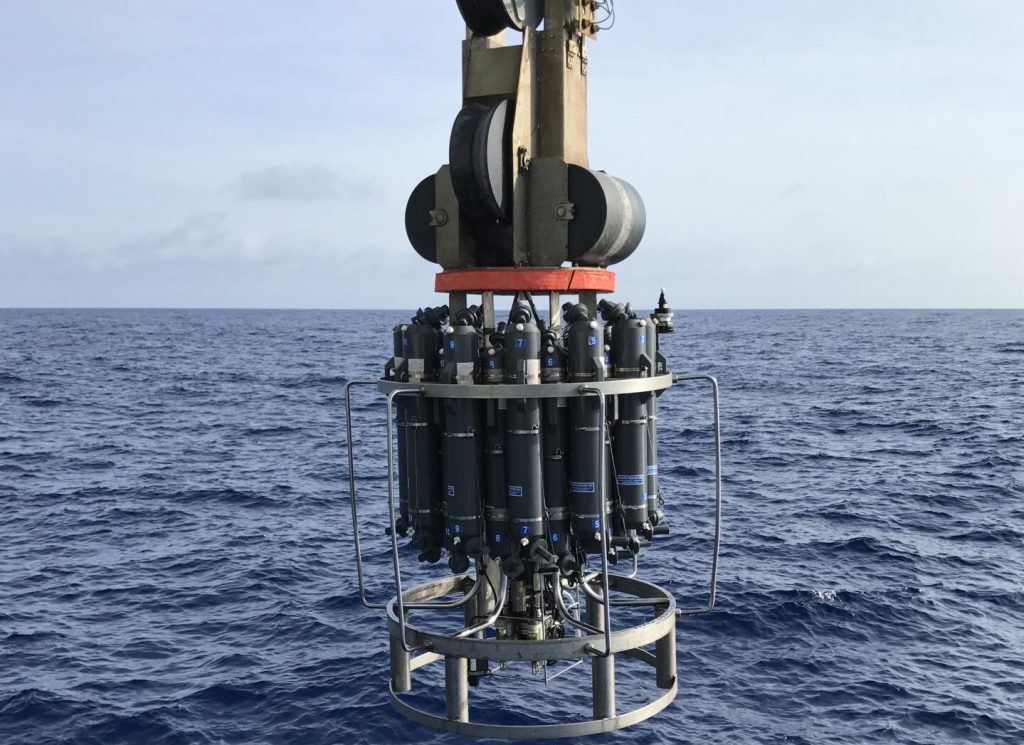
2. Researchers discover an immense hydrocarbon cycle in previously neglected area of oceanography
Hydrocarbons and petroleum are almost synonymous in environmental science. After all, oil reserves account for nearly all the hydrocarbons we encounter, but the few hydrocarbons that trace their origin to biological sources may play a larger ecological role than scientists originally suspected. A team of researchers at UC Santa Barbara and Woods Hole Oceanographic Institution (WHOI) investigated this previously neglected area of oceanography for signs of an overlooked global cycle. They also tested how its existence might impact the ocean’s response to oil spills. The research, is led by Professor David Valentine, who holds the Norris Presidential Chair in the Department of Earth Science at UCSB and his graduate students and is published in Nature Microbiology.
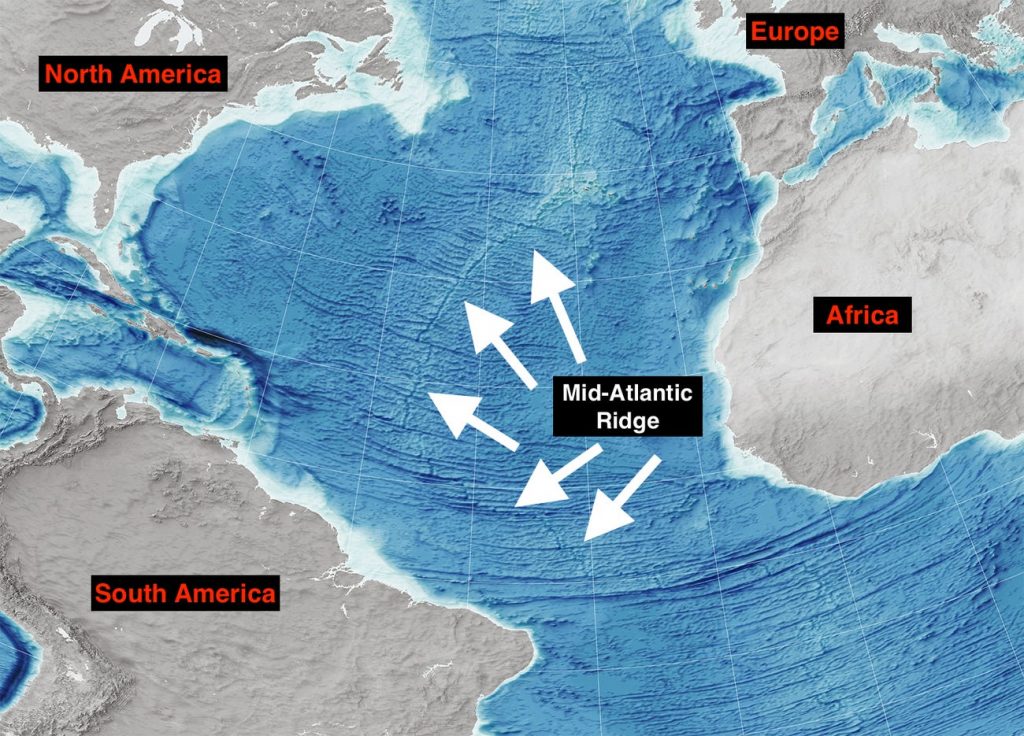
3. Geological phenomenon widening the Atlantic Ocean
An upsurge of matter from deep beneath the Earth’s crust could be pushing the continents of North and South America further apart from Europe and Africa. New research reveals what’s pushing the plates apart: Material from deep within the Earth is bursting upward at the Mid-Atlantic Ridge. It separates the North American plate from the Eurasian plate, and the South American plate from the African plate.
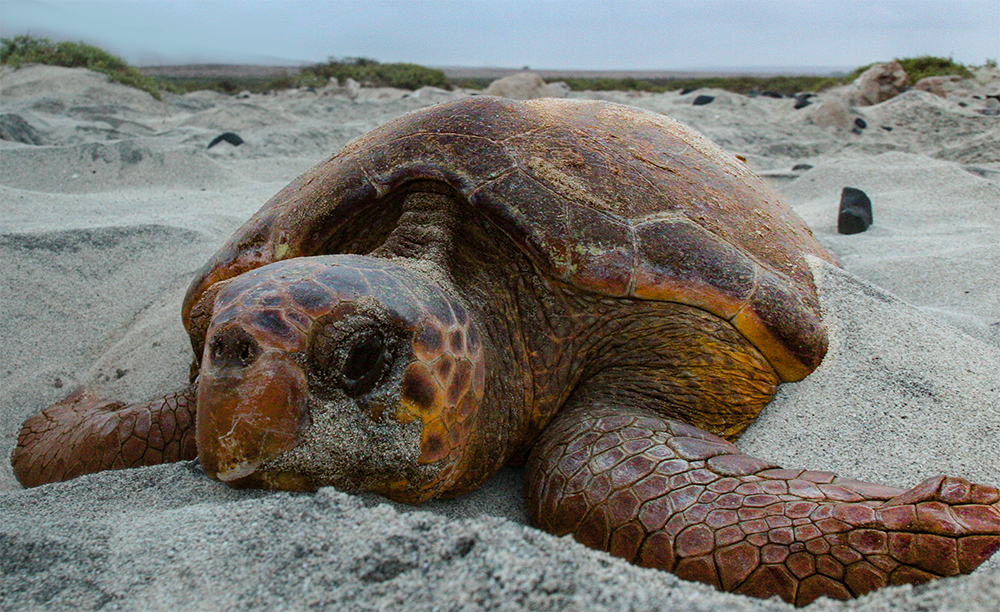
4. Not all in one basket: Loggerhead sea turtles lay eggs in multiple locations to improve reproductive success
Although loggerhead sea turtles return to the same beach where they hatched to lay their eggs, a new study by a University of South Florida professor finds individual females lay numerous batches of eggs in locations miles apart from each other to increase the chance that some of their offspring will survive. During their 50-year lifetime, a single female loggerhead will produce around 4,200 eggs and scatter them at 40 different sites on the barrier island. This strategy helps reduce the risk of complete reproductive failure by hurricanes and thunderstorms that could wash out or flood all clutches.

5. Mysterious California sea lion deaths linked to toxic synthetic chemicals
Sea lions in California have been dying of a mysterious cancer for decades. Now, scientists say they have finally uncovered the likely cause: toxic chemicals from industrial trash, pesticides and oil refinery waste. A team of scientists including mammal pathologists, virologists, chemists, and geneticists have come to the conclusion that sea lions with higher concentrations of DDT, PCBs, and other chemicals in their blubber are more prone to cancer triggered by a herpes virus.
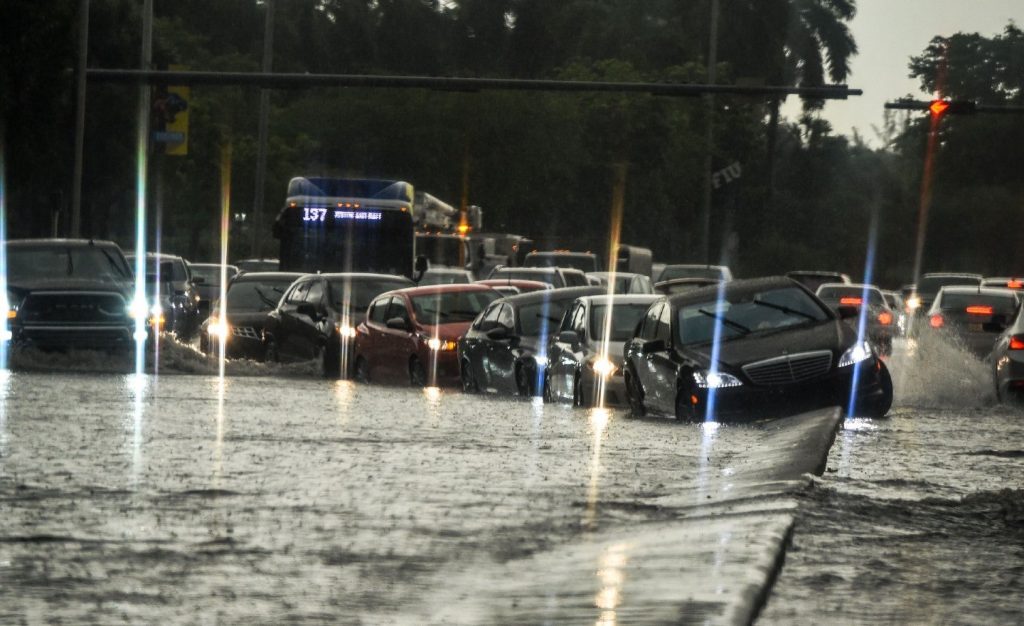
6. Projected global sea-level rises by end of the 21st Century
The rise in the sea level is likely to be faster and greater than previously thought. New results suggest that the half meter of sea-level increase anticipated by the temperatures in the year 2100 could now occur with a smaller increase of only 0.5 degrees Celsius — below the targeted 1.5 degrees Celsius drop nations must halt emissions by in the Paris Agreement. This report introduces a new, expedited timeline the world is on to halt the disastrous effects of climate change.

7. Arctic Ocean was once a tub of freshwater
The Arctic Ocean was once a pool of freshwater capped with an ice shelf half as thick as the Grand Canyon is deep. The trick to envisioning this odd arrangement is to think about the relationship between ice sheets and the ocean. When ice sheets melt, they dump water into the ocean, raising the sea level. But when ice sheets grow, as they have during Earth’s glacial periods, sea level drops. The exact timing of the freshening process isn’t clear, but the researchers calculated that it could have happened in around 8,000 years.
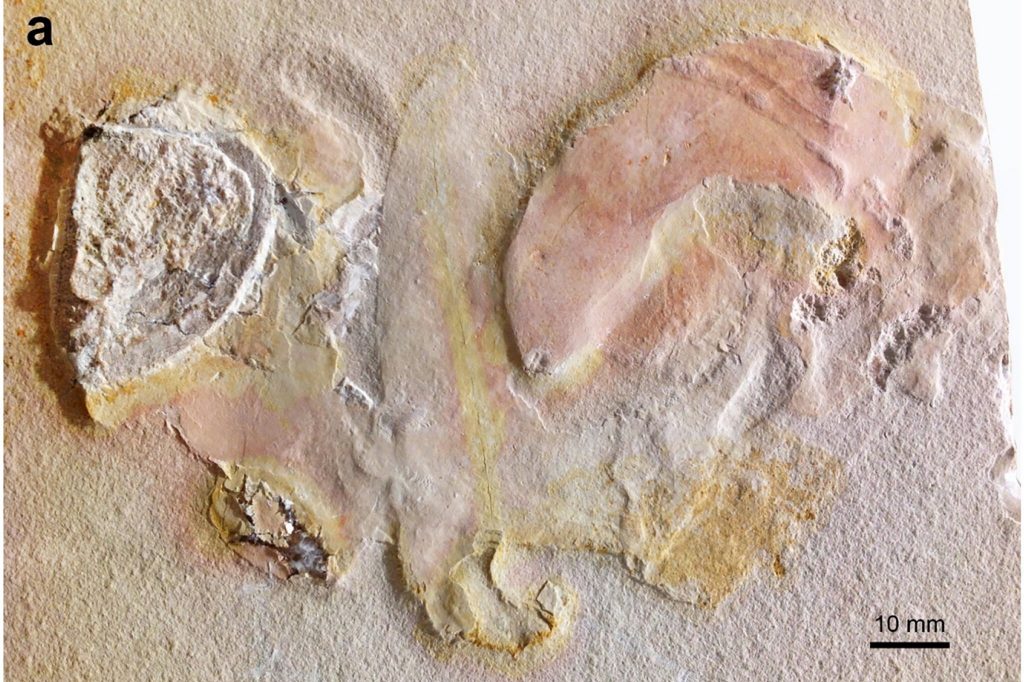
8. Late Jurassic ammonite fossilized outside its shell
If anxious humans have nightmares of being naked in public, an anxious ammonite may have dreamed about swimming around without its shell, its soft body exposed to the elements and the leering eyes of predators. For one unfortunate ammonite in the Late Jurassic, this was no dream but a harsh reality. The animal died utterly unclad, outside its whorled shell, and was buried this way. According to a study published recently in the Swiss Journal of Palaeontology, the ammonite’s death made it an extraordinary fossil — one of the very few records of soft tissue in a creature that is most often immortalized as a shell.
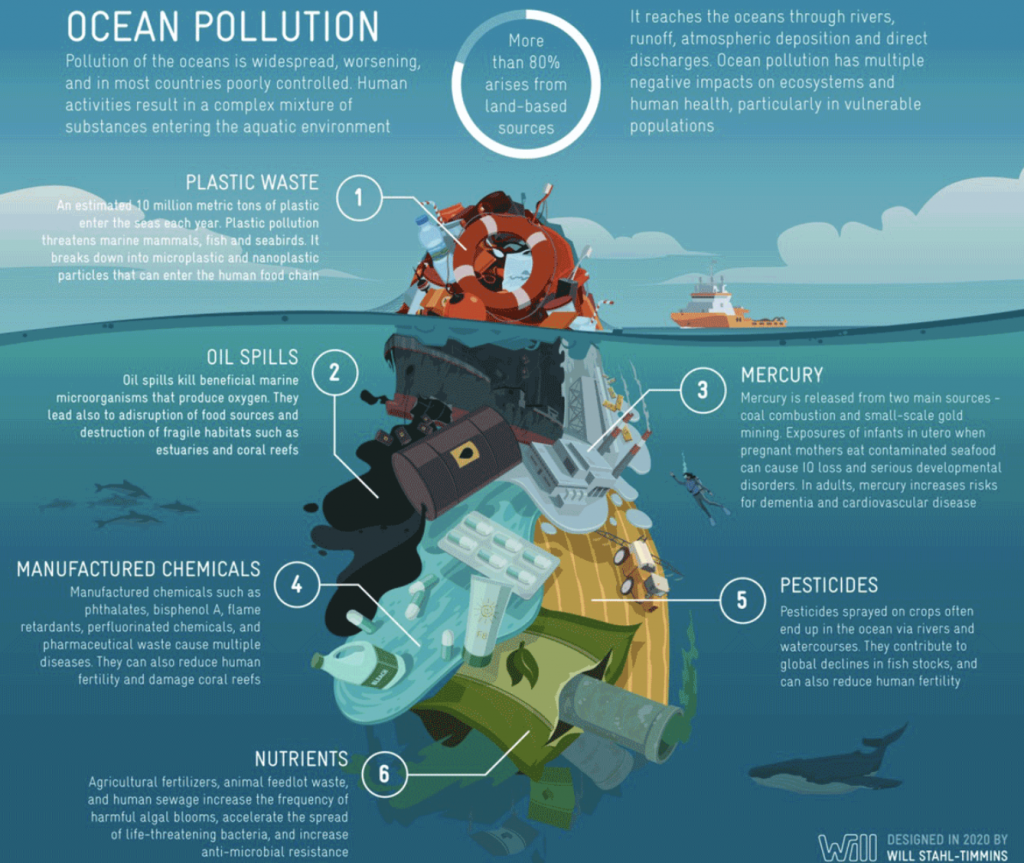
9. Human health and ocean pollution
Ocean pollution is a global problem. It arises from multiple sources and crosses national boundaries. It is the consequence of reckless, shortsighted, and unsustainable exploitation of the earth’s resources. It endangers marine ecosystems. Its threat to human health are great and growing, but still incompletely understood. Ocean pollution can be prevented. Like all forms of pollution, ocean pollution can be controlled by deploying data-driven strategies based on law, policy, technology, and enforcement that target priority pollution sources. Many countries have used these tools to control air and water pollution and are now applying them to ocean pollution. Successes achieved to date demonstrate that broader control is feasible. Heavily polluted harbors have been cleaned, estuaries rejuvenated, and coral reefs restored. Prevention of ocean pollution creates many benefits. It boosts economies, increases tourism, helps restore fisheries, and improves human health and well-being. It advances the Sustainable Development Goals (SDG). These benefits will last for centuries.
Editorial Note: Sometimes we come across slightly older news that was missed, but we feel is critical to our audience. This is one such publication.
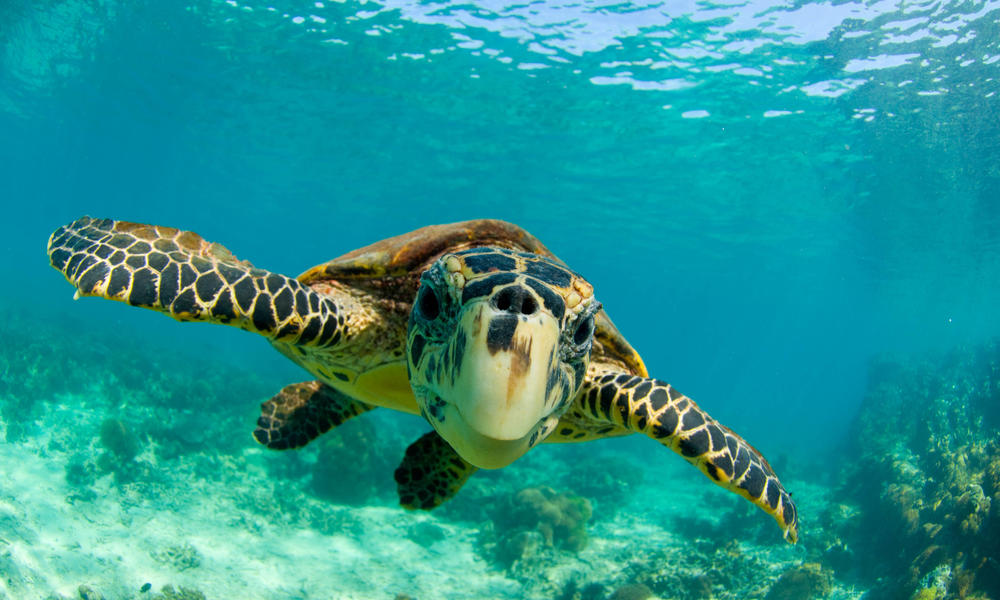
10. Surrender Your Shell Initiative helps protect the endangered hawksbill turtle
Australians are being urged to surrender their tortoiseshell products such as jewelry, combs and sunglasses, and other trinkets, as part of a groundbreaking new project to save the endangered hawksbill turtle. WWF-Australia, Australian Museum Research Institute, and Royal Caribbean International have joined forces to launch Surrender Your Shell, which will use cutting-edge technology to extract DNA from products to track the illegal trade of tortoiseshell. Researchers will use this DNA to trace tortoiseshell products back to the turtles’ nesting beach and develop a database or ShellBank for the first time in the Asia-Pacific. This information will help identify vulnerable turtle populations, so WWF-Australia can work with local communities, governments and the tourism industry to improve turtle protection.

11. California Scientists observe the young salmon’s screwball behavior
The biologists working in a fish hatchery near Shasta Dam grew increasingly concerned last year when newly hatched salmon fry began to act strangely— swimming around and around, in tight, corkscrewing motions, before spiraling to their deaths at the bottom of the tanks. Now they believe they know why, a thiamine deficiency caused by anchovies.
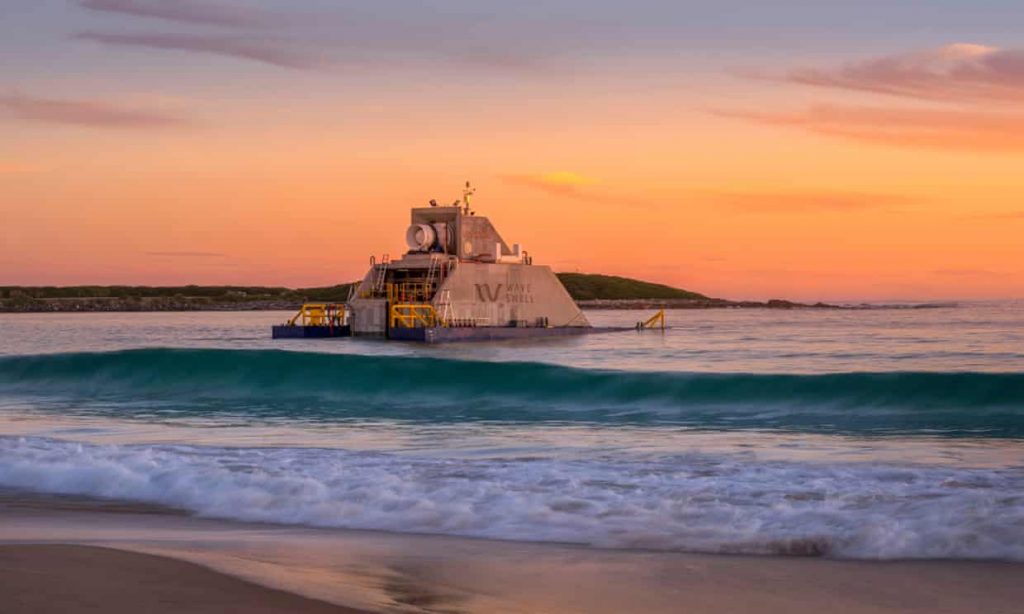
12. Remote Tasmanian island to be powered by ‘blowhole’ energy that harnesses waves
Technology that harnesses wave energy through a “blowhole” is being tested at a remote Tasmanian island in a project backed by federal grants and investors. When the mostly above-water unit is connected in about a month, King Island in Bass Strait will be powered by three renewables – wave, wind, and solar. Studies by the CSIRO show Australia’s southern coast has great potential to generate energy from waves due to its large swell fuelled by strong winds. Research by the peak scientific body estimates wave energy could contribute up to 11% of the nation’s energy by 2050, the equivalent of a city the size of Melbourne.




